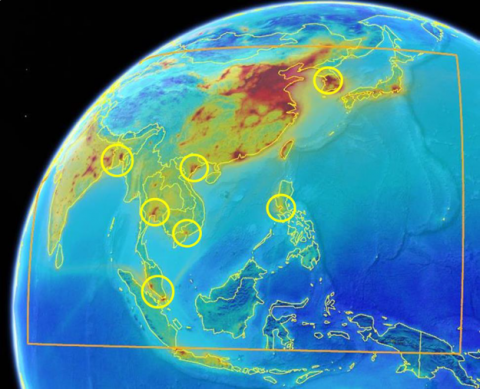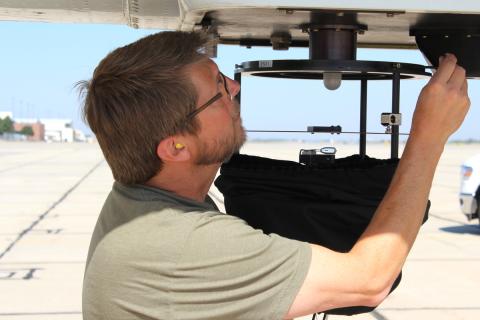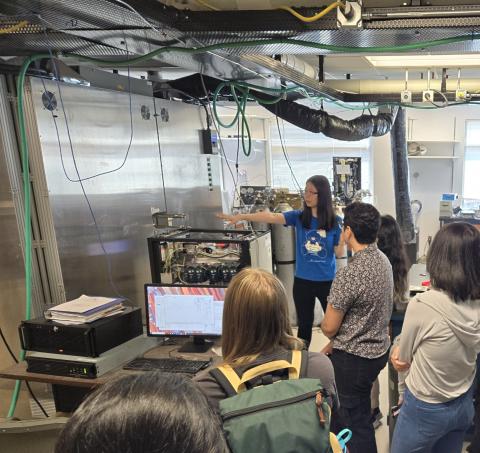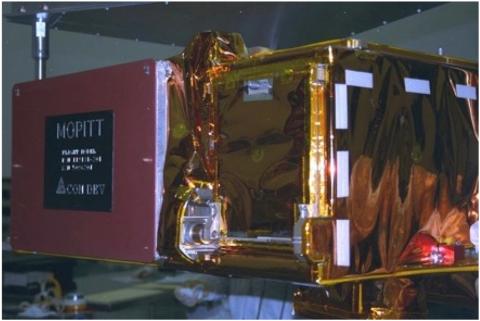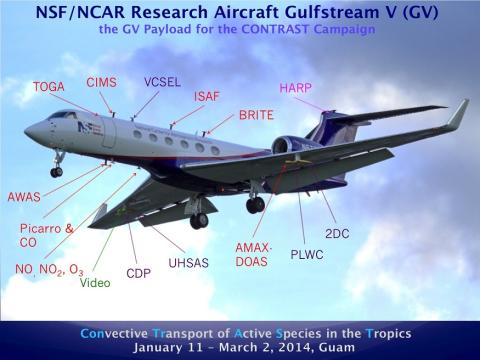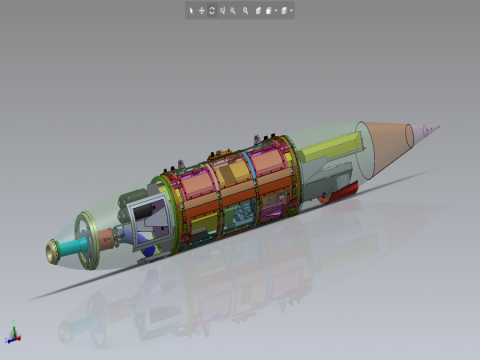Observations
Observational data are the foundation upon which our knowledge of atmospheric composition, trends and processes are based. These data also provide the drivers for continued improvement and development of Earth system models. ACOM has a long heritage of making high quality measurements of atmospheric composition in collaboration with members of the wider atmospheric chemistry community. Measurements are made in situ from aircraft or at ground sites, or via remote sensing techniques involving satellite- and ground-based instrumentation.
ACOM Type
NOx
